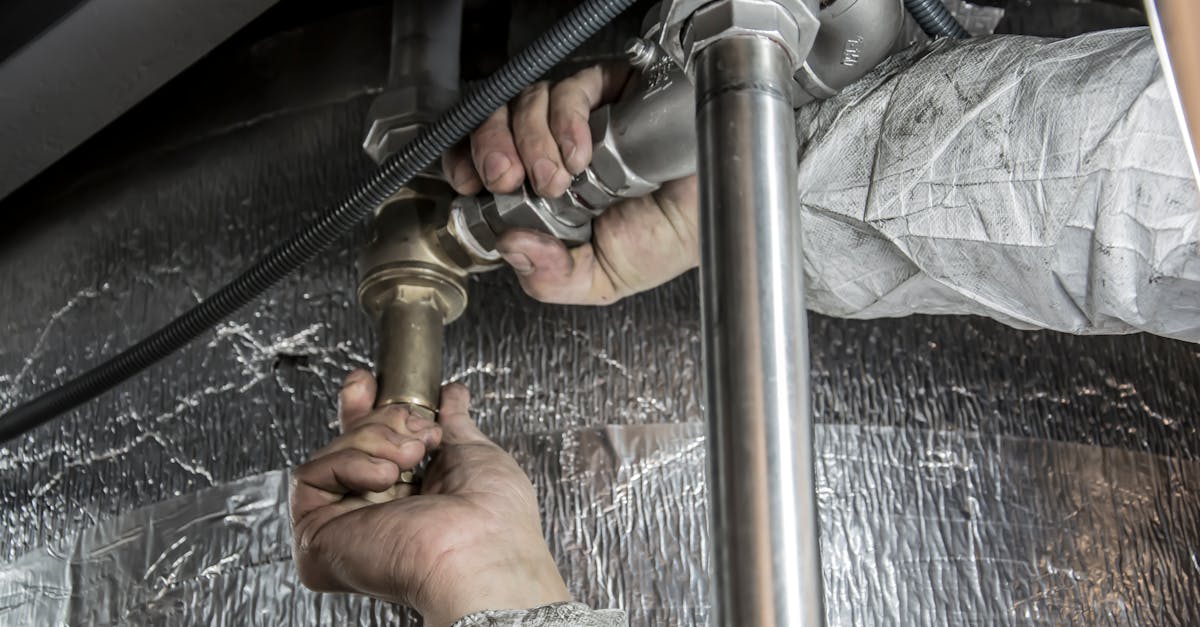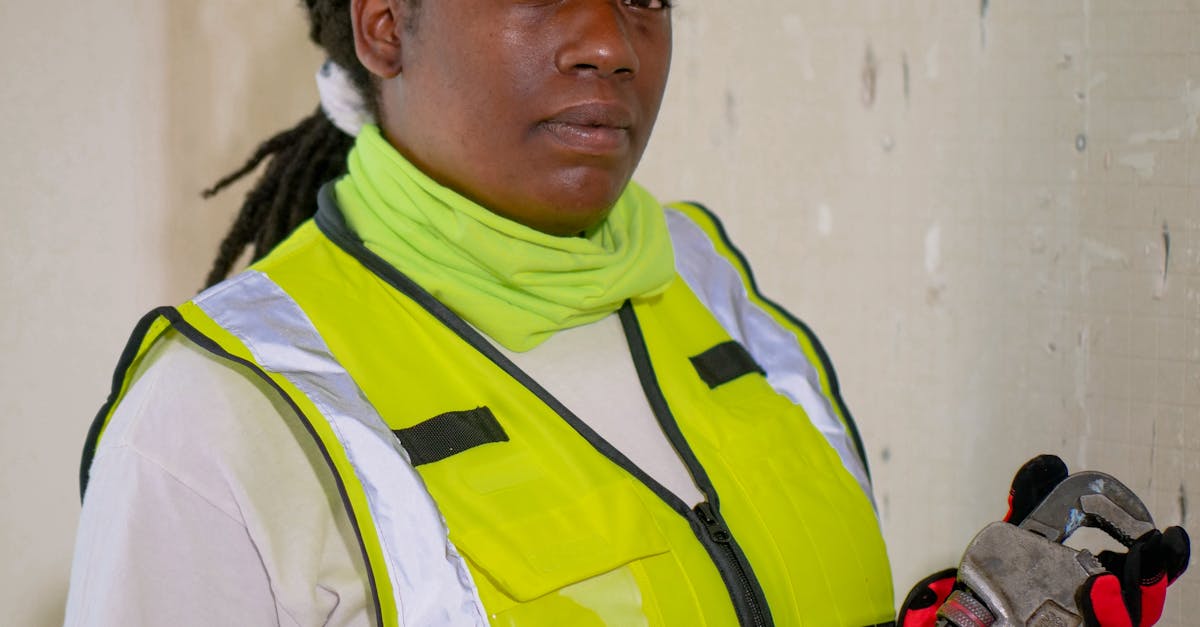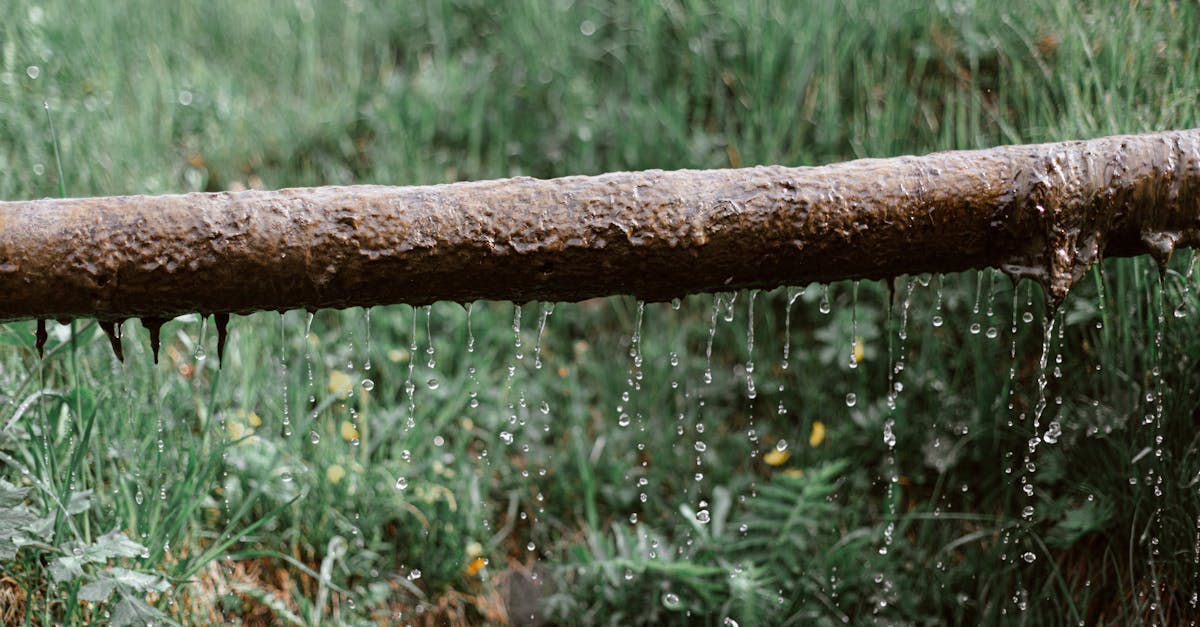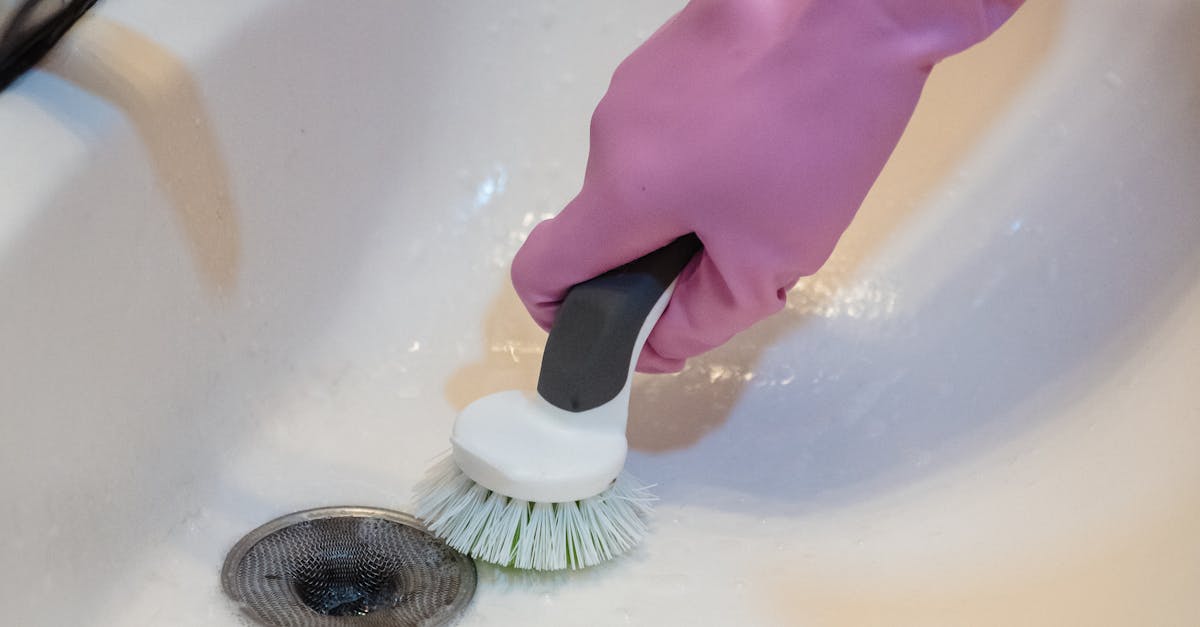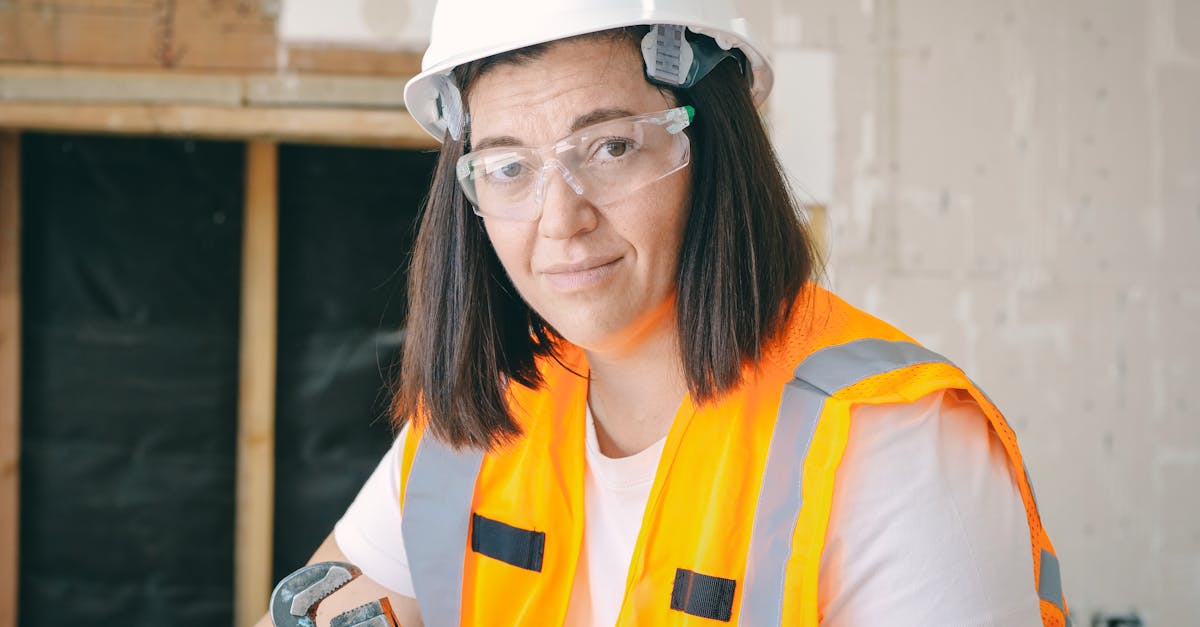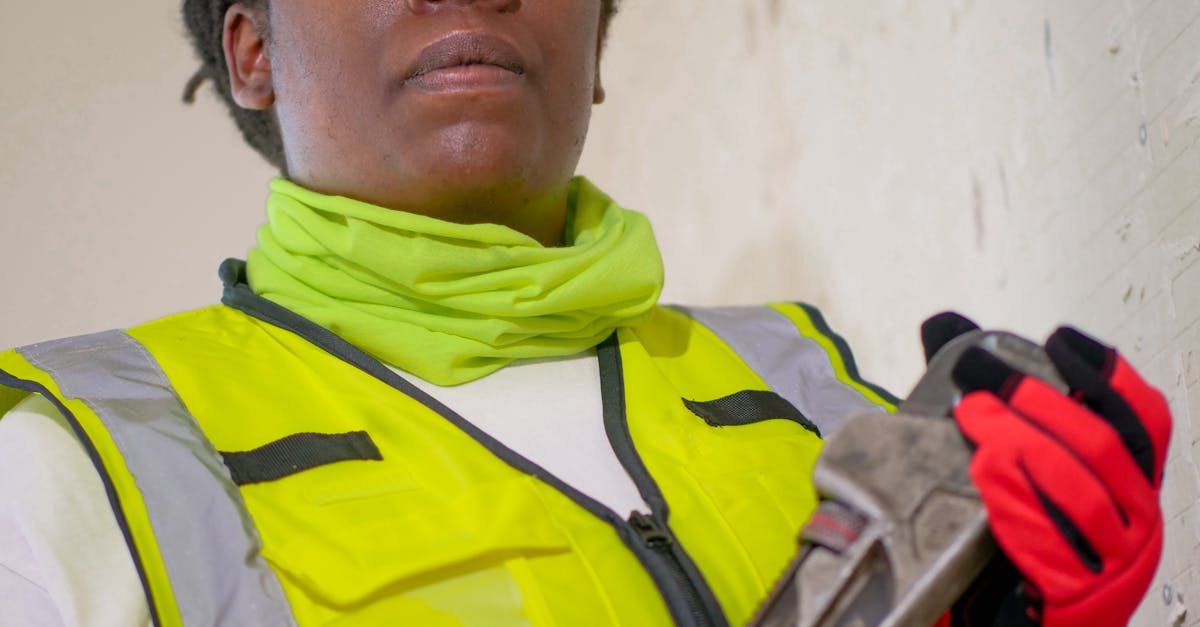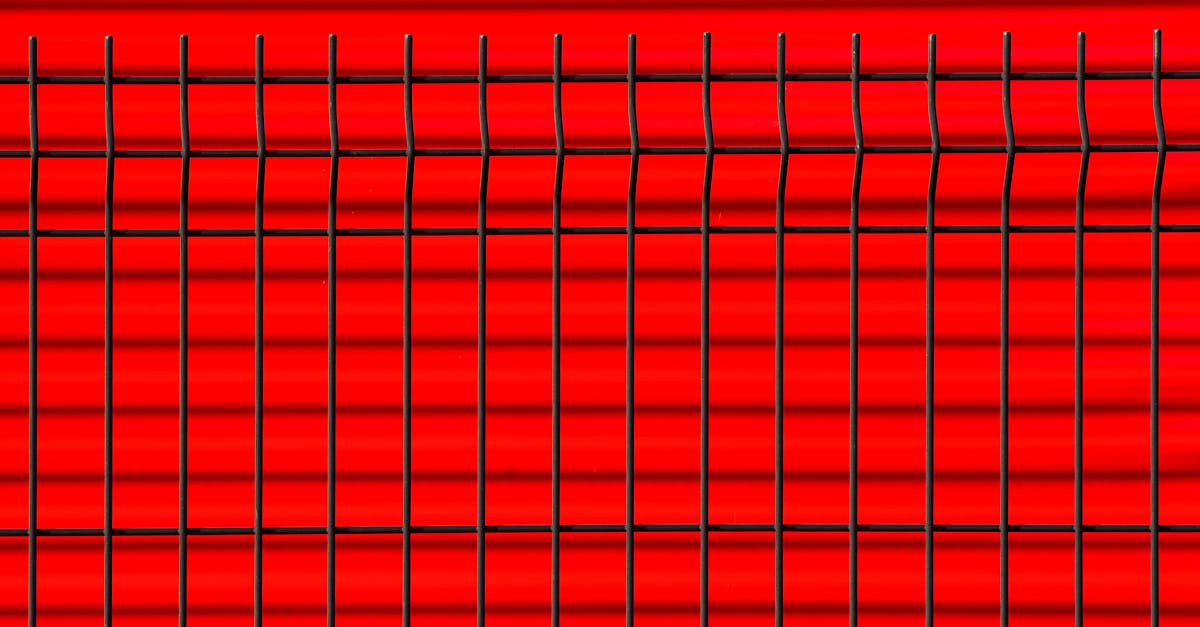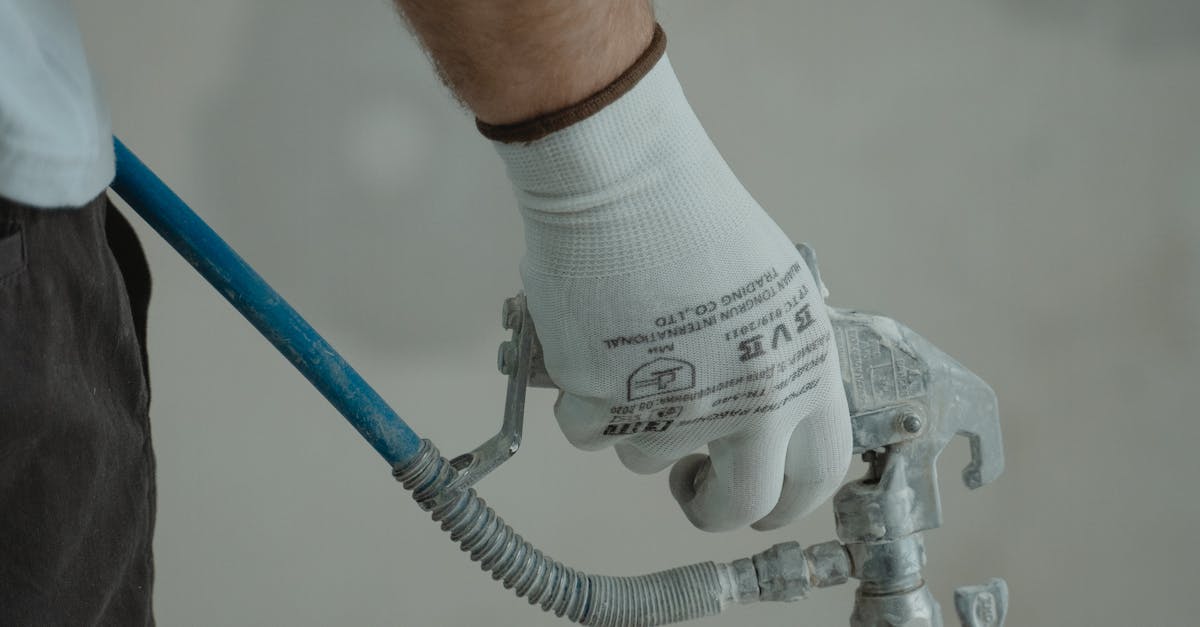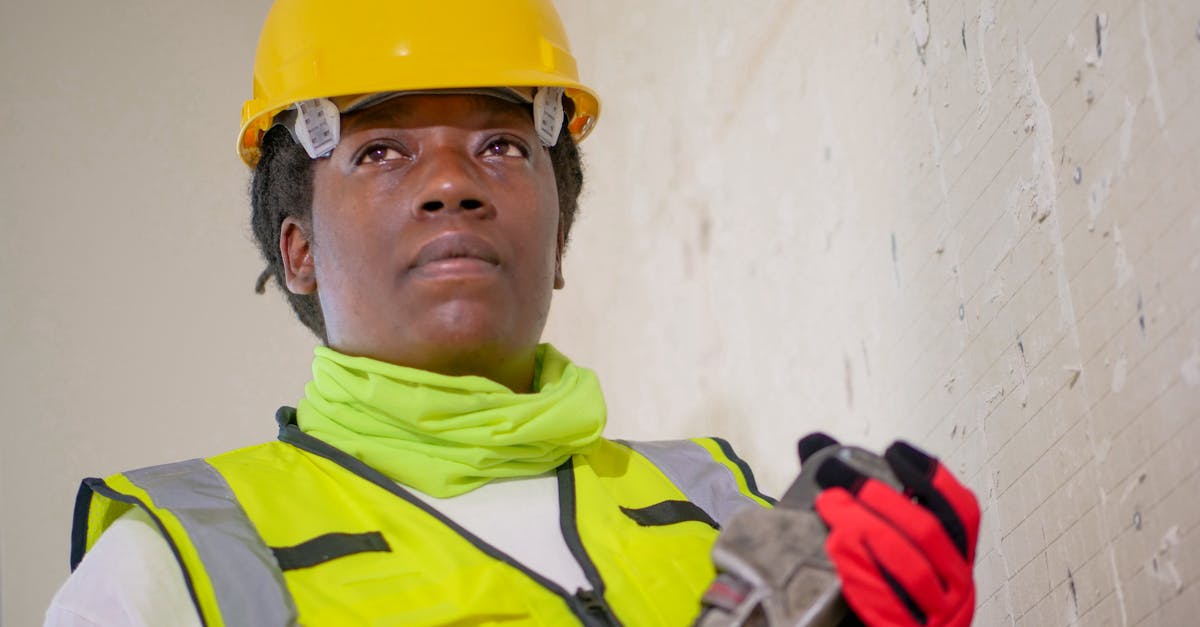
Table Of Contents
Broken Toilet Flappers
Broken toilet flappers are among the most frequent issues encountered in household toilet maintenance. These components serve as a vital mechanism, controlling the flow of water from the tank into the bowl during a flush. Over time, flappers can degrade due to mineral build-up or general wear and tear. Their deterioration often results in a toilet that either runs continuously or fails to flush properly, leading to water wastage and potential increases in utility bills.
Addressing a faulty flapper is a straightforward process that can usually be managed by DIY enthusiasts. When tackling this task, it is essential to ensure that you have the right tools and replacement parts. Regular maintenance and inspections can help prevent flapper-related issues, making toilet installation and repair a less frequent necessity. By recognising the signs of a malfunctioning flapper early on, homeowners can avoid more significant problems down the line.
Steps to replace a faulty flapper
Replacing a faulty flapper can resolve many common toilet issues, such as continuous running water. First, isolate the water supply to the toilet by turning off the shut-off valve. Next, remove the tank lid and flush the toilet to empty the tank. This will make it easier to access the flapper. Disconnect the old flapper by unhooking it from the chain and removing any fastening mechanisms holding it in place.
Once the old flapper is removed, take the new one and attach it according to the manufacturer's instructions. Ensure that it sits properly over the flush valve opening to create a seal when closed. Reconnect the chain to the flush lever, allowing a bit of slack for proper operation. Turn the water supply back on and check for leaks. Following these basic steps can help maintain your toilet's functionality and is a crucial part of toilet installation and repair.
Issues with Toilet Fill Valves
Fill valves play a crucial role in the proper functioning of toilets by controlling the flow of water into the tank after each flush. Over time, these components can wear out or become clogged, leading to issues such as a toilet that won’t fill properly or one that continually runs. Regular maintenance can help diagnose these issues early, preventing potential water wastage and ensuring a smooth operation each time the toilet is used.
When faced with problems from the fill valve, a thorough check is essential. Start by inspecting the valve for any signs of damage or mineral buildup. If necessary, replace the valve or clean it to restore proper water flow. For anyone considering DIY projects, understanding the intricacies of toilet installation and repair can make a significant difference in achieving reliable outcomes.
Diagnosing and repairing fill valve problems
Diagnosing issues with toilet fill valves typically starts with identifying signs of malfunction. Common indicators include continuous running water or a toilet that won’t fill properly after a flush. Inspect the area around the fill valve for leaks or rust, as these can signal a need for replacement. A fluctuating water level inside the tank can also point to problems with the fill valve adjustment. For those dealing with these issues, understanding the specific type of fill valve in use is essential, as it dictates the exact repair process.
Repairing a faulty fill valve is often a straightforward task. Begin by turning off the water supply to the toilet and flushing to empty the tank. Detach the old fill valve, taking care to note its connection points. Install the new valve according to manufacturer instructions, ensuring it is securely fastened and adjusted to the correct height. Reconnect the water supply and test for proper operation. Knowledge about toilet installation and repair proves invaluable in these situations, allowing homeowners to tackle common issues with confidence and efficiency.
Squeaky and Noisy Toilets
Squeaky and noisy toilets can be quite an annoyance in any household. Various factors contribute to these sounds, such as worn-out parts, loose connections or even an improper toilet installation. One of the most common culprits includes the flush valve assembly, which might produce a high-pitched squeal when it is not functioning correctly. Identifying the source of these noises can make it easier to isolate the needed repairs and restore your toilet to its quiet operation.
In addition to mechanical issues, some toilets may generate noise due to water improperly flowing through the fill valve. This can sound like a hissing or bubbling noise and may indicate that the valve is either partially blocked or malfunctioning. Regular maintenance, including proper toilet installation and repair, can help mitigate these problems. Understanding the underlying causes of these disruptions enables homeowners to maintain peaceful restrooms while ensuring their toilets remain in optimal working condition.
Understanding the sources of toilet noises
Toilet noises can stem from various sources, often indicating underlying issues that may require attention. Common sounds include gurgling, hissing, or frequent flushing. Gurgling typically occurs when there's a blockage in the drainage system, leading to trapped air. Hissing noises often indicate a problem with the fill valve or a leak in the flapper, both of which can impact the overall function of the toilet. Identifying these noises early can prevent further complications and ensure that your toilet is functioning efficiently.
Understanding the origins of these sounds is crucial for toilet installation and repair. For instance, a squeaky toilet seat might simply need lubrication, while continuous running water may suggest that the flapper is not sealing correctly. Noisy toilets should not be ignored as they can lead to increased water bills or more severe plumbing issues. Regular maintenance and timely repairs are essential for keeping your toilet quiet and operational.
FAQS
What are the most common toilet repairs?
The most common toilet repairs include replacing broken toilet flappers, addressing issues with fill valves, and fixing squeaky or noisy toilets.
How do I know if my toilet flapper needs to be replaced?
Signs that your toilet flapper may need replacing include constant running water, a weak flush, or water leaking into the bowl.
What should I do if my toilet fill valve is not working properly?
If your toilet fill valve is not functioning correctly, start by diagnosing the issue, which may involve checking for clogs, adjusting the float, or replacing the fill valve altogether.
Why does my toilet make noises when it’s not in use?
Noises from a toilet when it's not in use can be caused by a faulty flapper, issues with the fill valve, or air in the pipes, which can usually be diagnosed and repaired.
Can I fix toilet repairs myself, or should I hire a plumber?
Many toilet repairs, such as replacing flappers or fill valves, can be done by homeowners with some basic tools and knowledge. However, if you encounter complex issues or are unsure, it's advisable to hire a plumber.
